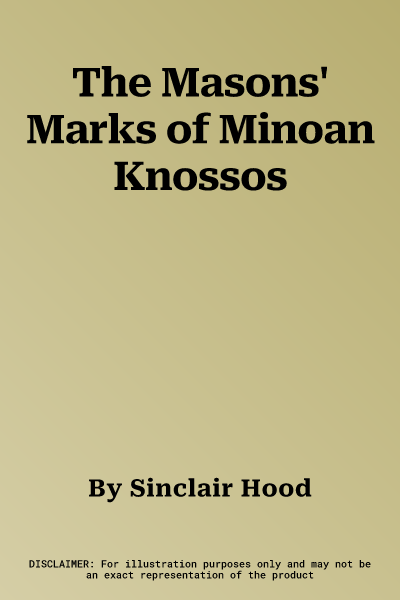The signs known as 'masons' marks' were carved on blocks of stone in
Bronze Age Crete over a period of some 500 years from around 2000 BC
until the middle of the 15th century bc. The earliest examples seem to
occur at Knossos, dating from the time when the so-called Early Palace
was constructed there. Soon thereafter blocks with comparable signs were
incorporated in the palatial centres at Phaistos and Malia. In due
course, the practice spread elsewhere in Crete and to Akrotiri on the
island of Thera, but is only rarely attested on the Greek mainland. By
far the greatest number of these signs occurs at Knossos, making this
site of unique importance for their study and interpretation. Volume I
presents a typology and chronology of the signs, considers their
distribution beyond Knossos, examines comparanda in other media and in
cultures beyond Crete, and provides a detailed discussion of their
purpose. It also offers a full catalogue of some 1600 signs in the
Palace of Knossos and surrounding buildings. The commentary provides
invaluable evidence for the architectural history of the Palace, drawing
on copious unpublished observations made by Evans during the excavations
and the work of later scholars. Volume II presents a complete
photographic record of the Knossian signs, numerous line drawings, as
well as plans and elevations showing their location. Much of the field
work for this volume was undertaken from 1978-81, following the
realization that many signs were disappearing rapidly, owing to
weathering and flaking away of surfaces on which they had been cut. In
the years since, further losses have occurred. Thus this monumental
study provides crucial documentation, never to be repeated, for the
major palatial site of Minoan Knossos and will serve as a key research
tool for students and scholars of Bronze Age Crete.

